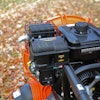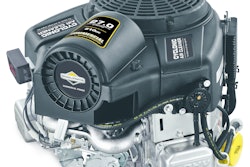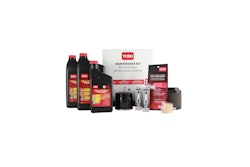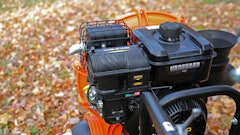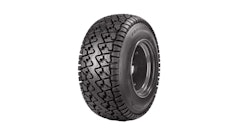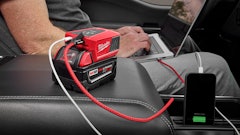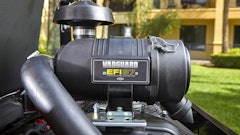Here are some tips on maintaining your EFI (electronic fuel injection) engine and using its diagnostic capabilities.
Off-Season Storage
Gasoline in the tank should be treated with a fuel stabilizer to reduce the effects of stale fuel, just like with a carbureted engine. However, because the EFI fuel system is sealed, unlike a carburetor, fuel-related problems like harmful deposits or corrosion are less likely.
Always refer to your Owner’s Manual for proper storage procedures to include:
- Cleaning the exterior of the engine
- Changing the oil and oil filter
- Removing the spark plugs to lubricate the cylinders
Diagnostics and Reporting
Most EFI engines feature “Blink Codes” that can be used to diagnose a fault in the system. With the code, the user can consult the service manual for further instruction.
When a Kohler EFI engine user sees the malfunction indicator light (MIL) turn on while the engine is running, a fault code has been recorded in the engine control unit (ECU). The fault code does not generally mean a sensor is bad. It could indicate several things:
- The electronic control unit (ECU) was unable to correct the problem.
- The sensor signal did not change.
- The sensor signal was outside of limits.
The software available with Kohler EFI engines is an easy-to-use tool for the technician. A certified technician can easily use it to extract an engine performance report.
The EFI diagnostics software:
- Uses an internal flow chart to find and diagnose engine failure.
- Uses pictures to show where and how to take engine readings.
- Provides live running data from all sensors, including Spark Advance and Injector Time Open.
- Logs the following historical data:
Maximum values
- RPM
- Battery voltage
- Oil temperature
- Intake air temperature
Hours at
- Low speed
- Medium speed
- High speed
Hours at
- Low load
- Medium load
- High load
Hour meters
- Current run time
- Time from last reset
- Total hours
Click here for more information about Kohler and their products.


